199 CD / Scarlatti: Complete piano sonatas vol. 1
Description
All 555 Sonatas of Domenico Scarlatti from TACET
Groan. Moan. Can one actually listen to all these sonatas? - Yes, you can! With Scarlatti it is like the string quartets of Joseph Haydn - all the sonatas are simply good, from the first to the last. And when they are played by Christoph Ullrich, who seems to share a profound spiritual affinity to Scarlatti, it is fun to listen to the music, from the first sonata onwards. Ullrich takes things precisely, but he also leaves plenty of room for spontaneity. Without this playful lightness he would be lost right at the outset. Whoever becomes involved with this music, like him and with him, will be rewarded with a never-ending source of ideas and be surprised anew with each new sonata. Embark on the Scarlatti boat, an adventurous journey into the two-part unknown! At present, there are 555 sonatas to be studied, played, filled with life and recorded. The project wants to remain open for developments, new discoveries, alterations up until the demise of those involved... we'll see where Domenico leads us.
Surprisingly, we can structure this monster flood of sonatas, just as it was possible to do with the Haydn quartets by means of the opus numbers. Most of the sonatas were stored in 17 volumes with 30 sonatas each. The complete edition that we are starting here is based on this subdivision. Two volumes at the beginning, then one volume each year. Thomas Seedorf is providing us with scholarly assistance.
Further information about the Scarlatti Project.
Christoph Ullrich on Youtube: Sonata in g moll K 8, Allegro and Sonata in C major, K 487, Allegro
6 reviews for 199 CD / Scarlatti: Complete piano sonatas vol. 1
You must be logged in to post a review.
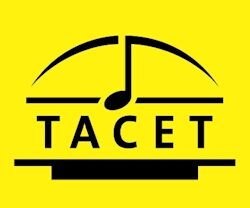
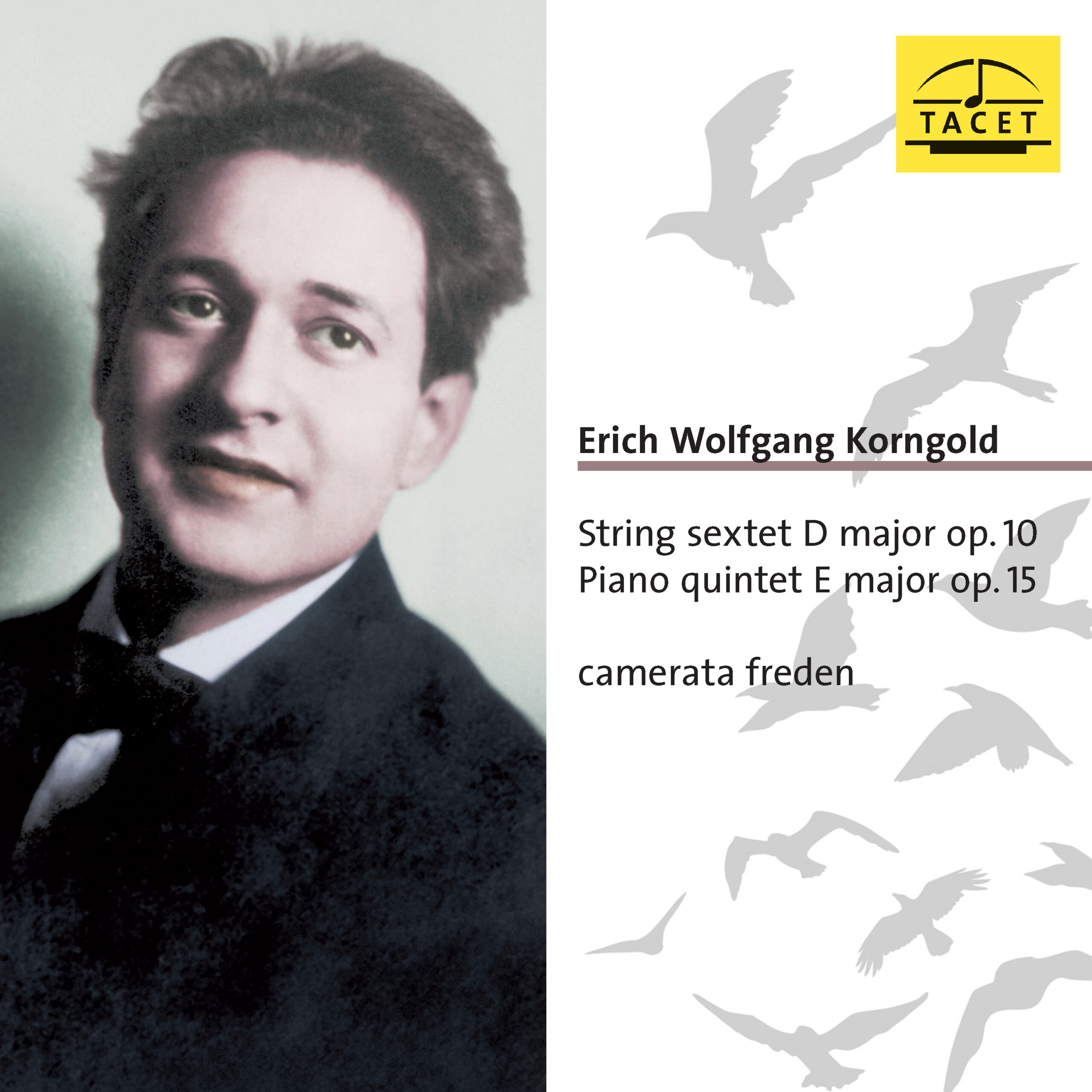
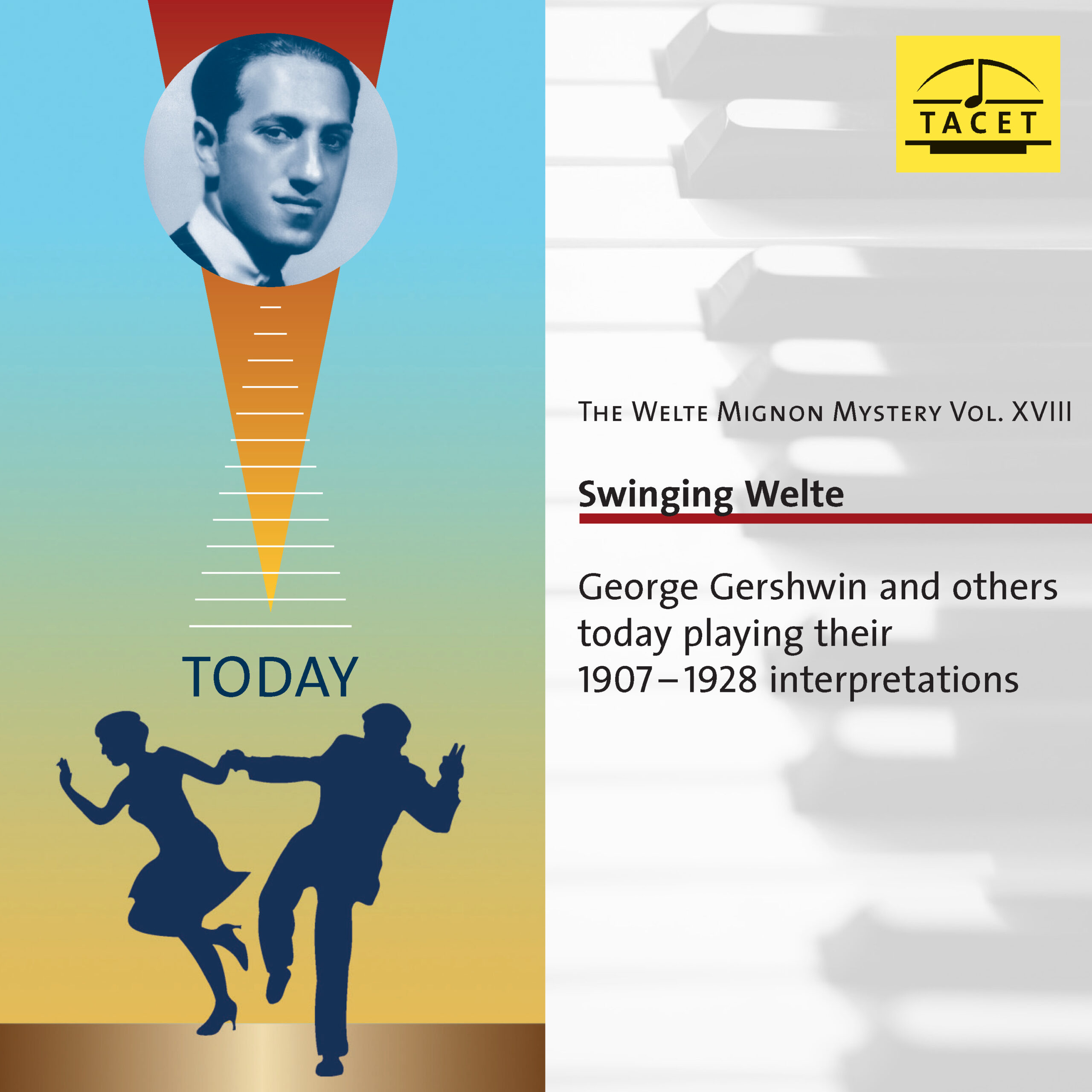
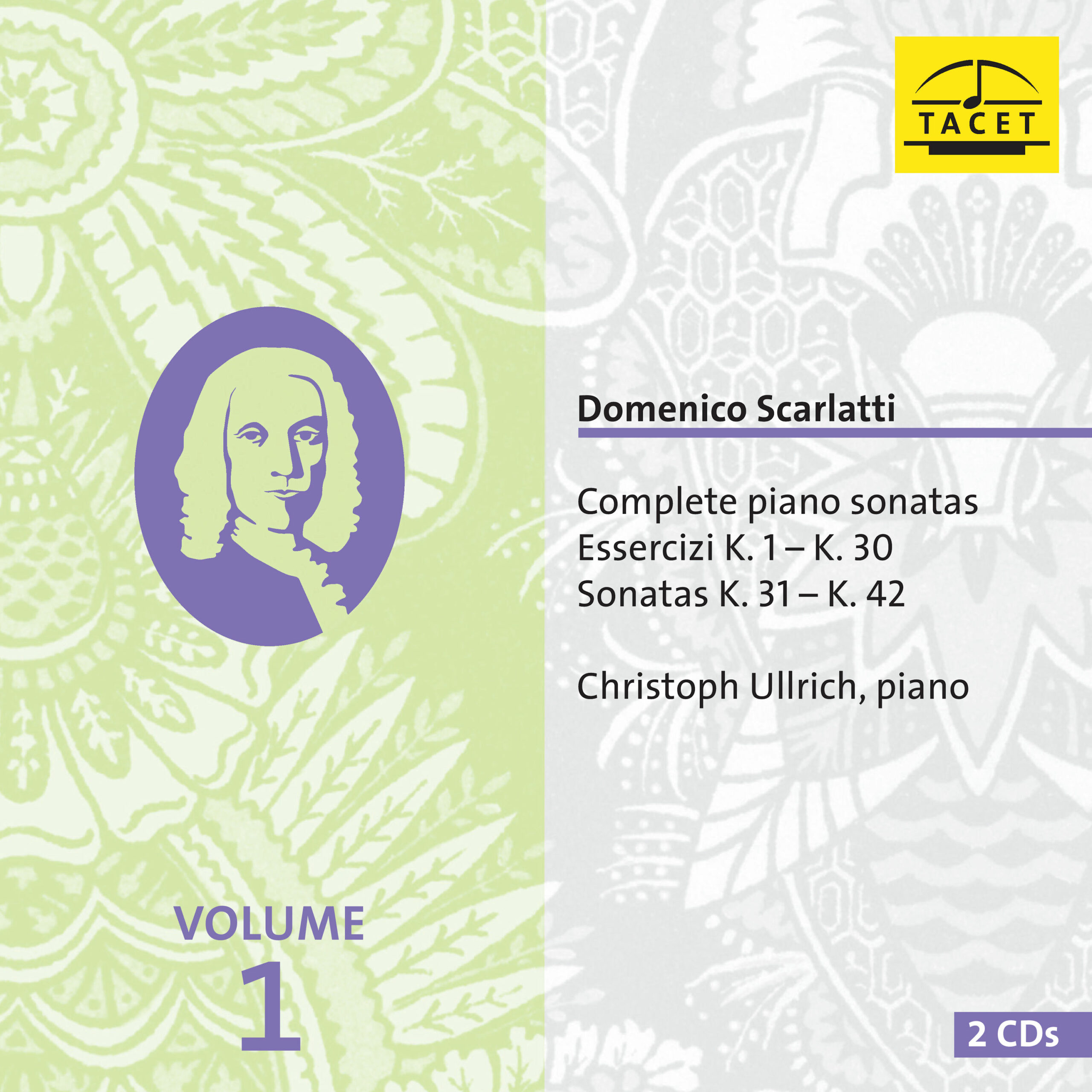
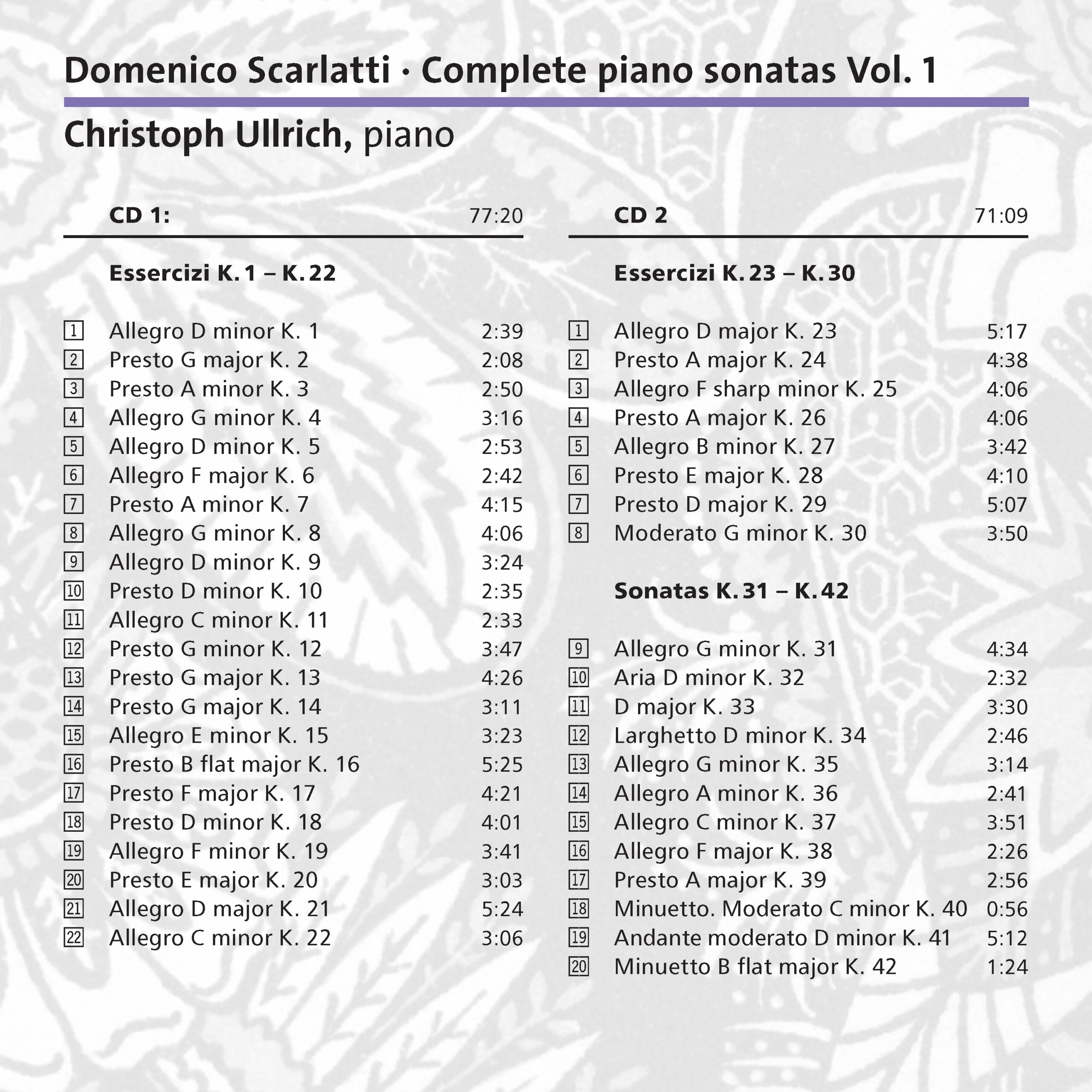

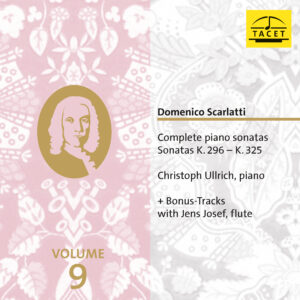
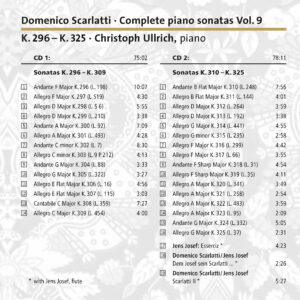
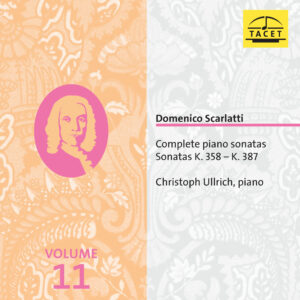
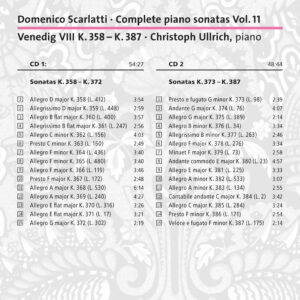
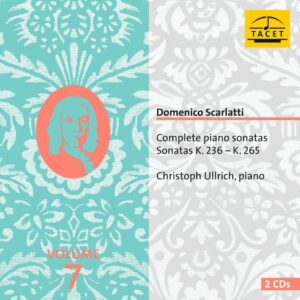
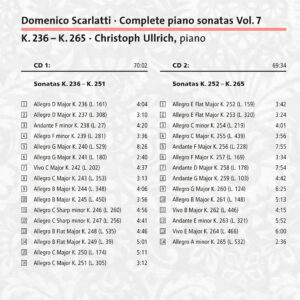
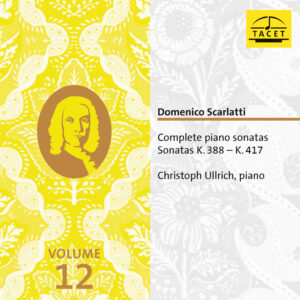
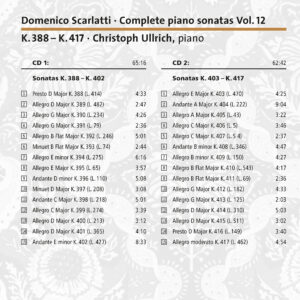
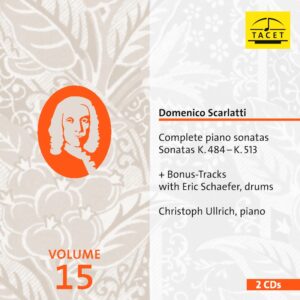
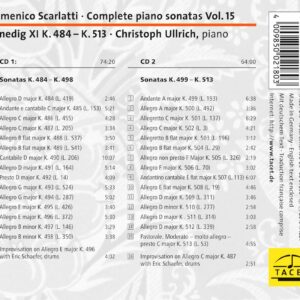

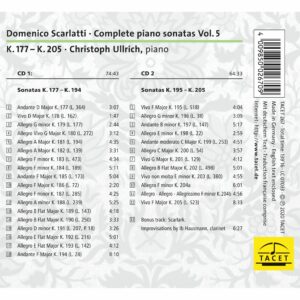
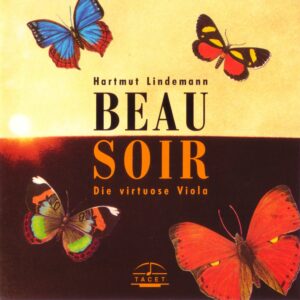
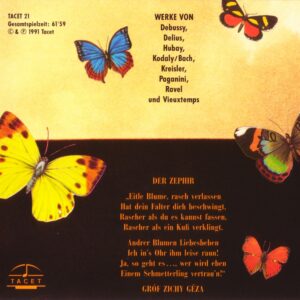
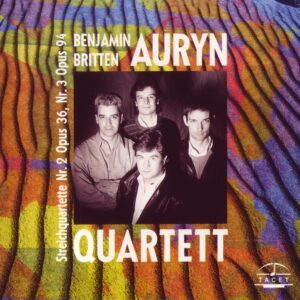
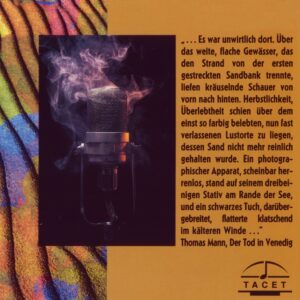
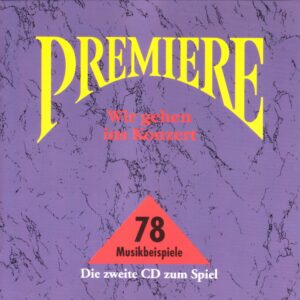
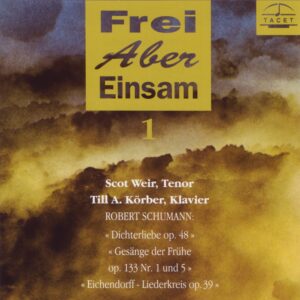
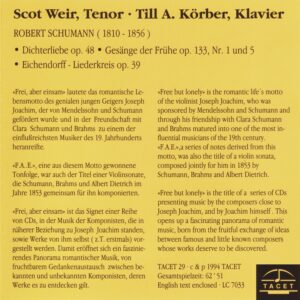
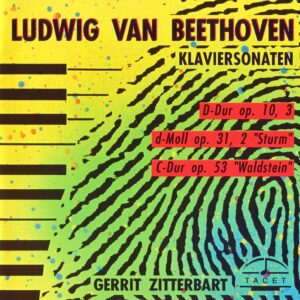
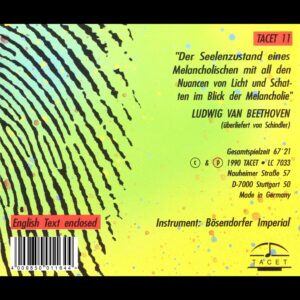
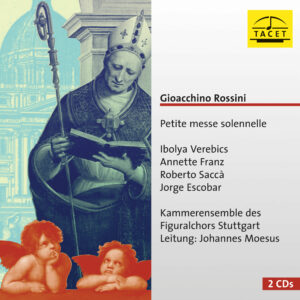
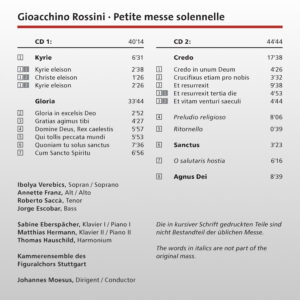
American Record Guide –
--> original review
(...) Ullrich is well equipped for the task. He plays with a clear and lustrous tone, peerless command of articulation and ornamentation, and reliable musical instincts. (…)
Rob Haskins
Die Zeit Nr. 12 –
Leuchtende Welt
(...) From Scarlatti's sonatas, a world emerges that didn't even exist in the 18th century. (...)
(...) One constantly feels that Ullrich himself is eagerly anticipating the mystery that the next sonata might hold. (...) [He] waits for the moment when the music begins to float: as if it were one and double (…)
Mirko Weber
Klassik heute –
--> original review
The pianist Christoph Ullrich, hailing from Göttingen, has been on a journey through the sensitive and turbulent world of the 555 piano sonatas (or keyboard pieces) by the Italian master Domenico Scarlatti since 2011. This is not just an extremely extensive project but also one with a multitude of technical and artistic fundamental and ancillary challenges! This excursion into the Italian and later Spanish territories of keyboard virtuosity appears to me like a generously time-limited lifelong endeavor. Even more so, an adventurous journey with all the joys of total creative experience but also considering the dangers of fatigue and academicization.
In einer Hinsicht darf ich die über unseren Erdball weit verteilte Scarlatti-Gemeinde und natürlich alle Genießer feinsinnigen, mechanisch gut geölten Klavierspiels beruhigen. Christoph Ullrich ist mit den ersten zwei Tacet-CDs den meisten Scarlatti-Serientätern überlegen. Und dies vor allem der unsäglich trockenen, langweiligen, wie buchstabierend „gelesenen“ Gesamteinspielung von Richard Lester, der sich für das Label Nimbus Records auf dem Cembalo, auf dem Hammerflügel und gelegentlich auch auf der Orgel auf 10 dicht gefüllten MP 3-Scheiben durch den Scarlatti-Kosmos gequält hat. Es stellt sich hier ja unwillkürlich die Frage, ob ein Musiker überhaupt in der Lage sein kann, eine solche Anzahl der Form nach meist einander ähnelnden Miniaturen mit überraschendem Leben zu erfüllen und zu übermitteln. Das heißt: sich in jeder Phase der Darstellung als ein Interpret zu beweisen vermag. Ein Kommunikator also, der sich mit aller Kraft und Fantasie einem Stück widmet, als sei es zum Zeitpunkt der Wiedergabe einzig und allein das ihm Wichtigste. Nicht von ungefähr kommt es ja, dass die bedeutenden Pianisten, die sich gleichsam im ästhetischen Kielwasser von Scarlatti-Protagonisten wie Wanda Landowska und Vladimir Horowitz ins Studio oder auf das Podium begaben, nach eigenem Empfinden und Vorstellungen eine Gruppe von Sonaten ausgewählt haben. Nur im Ausnahmefall programmierten sie auch eine ganze LP mit Sonaten, zuweilen sogar – wie etwa die Französin Marcelle Meyer – auch ein Doppelalbum. Domenico Scarlattis Stücke dienten im Allgemeinen als kleine Konzert-Ouvertüren, als so genannte Einspielstücke, als adrette, geläufige Werkleins, für deren zumindest saubere, behände Ausführung seitens der Kritik noch keine stilistischen Benimmnoten gegeben wurden. Oder man setzte sie als Zugabenformat ans Ende einer Werkfolge. Andächtigen Beethoven-Konsum oder anderweitig Bedeutsames entkrampfend, um auch den letzten Zuhörer von den fingertechnischen Möglichkeiten des jeweiligen Vortragenden zu überzeugen.
Vladimir Horowitz was the first, or at least one of the first, to impart a flair of pianistic impressionism to Scarlatti's sonatas that he found pleasing. He captured their mechanical processes and experiments in a softer, entirely unharpsichord-like light. Horowitz conjured – in my opinion – not just because he wanted to conjure with these pieces, but also because he could do it like hardly anyone else. And because he dared... just as he played Mozart in his later years according to his own taste without any fear of the aesthetically raised index finger of the specialized critics (e.g., K. 488 with Giulini!).
At the end of these considerations, I have compiled a selection of recordings that engage decisively, and to a greater extent, with Scarlatti's sonatas or, in exceptional cases, remain of interpretive interest in a smaller number. Among the most remarkable performances of this kind, I include the recordings by Aldo Ciccolini, Marcelle Meyer, Ivo Pogorelich, Christian Zacharias, Evgeny Sudbin, and especially those by Clara Haskil. Her Westminster recording of these delicately conceived miniatures, shrouded in an almost mournful atmosphere, is, in my view, one of the most moving interpretations in the entire repertoire.
Christoph Ullrich is doing a thorough job, presenting himself as a supple, and when necessary, assertive guide through the initial 42 numbers. In the realm of Scarlatti's early Essercizi and sonata compositions, the purely technical hurdles are still relatively manageable. However, they still need to be overcome. This means that none of the 30 "exercises" heads in the direction of a brilliant repetition sonata, such as the one in D minor (L 422). Just think of the wildly accelerated live recordings with Martha Argerich! Ullrich adeptly outlines the existing material in all its dimensions, both in the forward-reaching horizontal and the harmonic vertical, giving it direction, placing accents, and avoiding any extravagance in terms of chosen tempos. With what seems to be caution, he selects and distributes color, tilting the atmospheric values toward brightness and transparency. Indirect lighting and mysterious shades do not seem to be his expressive preferences, at least in this early work.
Certainly, the listening experience benefits from not necessarily inhaling all 30 studies in one go. Under these circumstances, similarities in the work-specific timbre and the pianistic implementation context could be attributed to the performer, although he is doing his best. A bit more sophistication, bite, and humor, however, would not harm Ullrich's project in the upcoming releases. The sonatas with higher Kirkpatrick numbers will undoubtedly provide him with opportunities to expand the interpretative spectrum.
For the listener, it is interesting to discover, in a presentation following the Kirkpatrick catalog from K 1 upwards, that of the 30 Essercizi, 29 are characterized as either Allegro or Presto, with only number 30 in G minor labeled as Moderato. Among Sonatas No. 31 - 42, numbers 40 and 42 are surprising as clearly designated Menuets. Few people familiar with Scarlatti's sonatas from various piano recitals or selective recordings are likely to be aware of this.
The edition is responsibly crafted and designed in all aspects of sound and information. It would be helpful to include the Longo numbering system in future editions as well. Many Scarlatti enthusiasts are more familiar with it than the later, undoubtedly more philologically considered K compilation. The nature of those "14 unpublished sonatas" recorded by the Japanese harpsichordist for Erato (4509-94806-2), could be discussed in one of the later Ullrich editions if Ullrich also considers these pieces.
Peter Cossé
Piano News 03/14 –
(...) Throughout, it is always a fantastic music full of emotional and mood changes that Christoph Ullrich precisely captures after decades of studying Scarlatti. His articulation is subtle and finely tuned for meticulous accuracy. The trills sparkle, and the final phrases often seem to float in space, never intending to be heavy punctuation marks. Ullrich also elegantly shapes the often compact build-ups in the sonatas.
Ernst Hoffmann, Piano News
Image Hifi –
(…) Alle 555 Cembalo-Sonaten von Domenico Scarlatti aufzunehmen, klingt das nach einem guten Plan? Was irgendwann frischen Muts begonnen wurde, kann schnell in reiner Pflichterfüllung enden. Aber Christoph Ullrich wäre der richtige Kandidat. Die Interpretationen des in der Kulturgeschichte so beschlagenen Pianisten (mit lesenswertem eigenen Booklet-Beitrag) wirken nie verkopft, sondern tragen immer das Merkmal des Spielerischen und der Spontaneität. Es versteht sich von selbst, dass ihm damit ein vom Intellekt gesteuerter Gestaltungswille nicht abgesprochen werden soll. Doch – warum Scarlatti auf einem modernen Konzertflügel? Überspitzt gesagt, befreit ihn vielleicht gerade die historisch „unkorrekte“ Entscheidung dazu, sich auf die Suche nach all‘ jenen Klängen zu begeben, die ein Steinway D-274 für jemanden bereithält, dem an polierter Perfektion nicht alles und an der Suche nach Farben, Klängen und Wirkungen, insbesondere aber an der Hervorhebung und Charakterisierung von Stimmen im kontrapunktischen Geflecht eine Menge gelegen ist. Fortsetzung unbedingt erwünscht!
Heinz Gelking, image hifi
MDR, Figaro: Take 5 – Klassikempfehlungen –
(...) There is no shortage of high-quality recordings of Scarlatti sonatas. Noteworthy among the almost inflationary array of offerings worldwide are not only the legendary recordings by Weissenberg, Pogorelich, Horowitz, Ross, or Christian Zacharias but also numerous lesser-known pianists/harpsichordists.
Dazu muss zweifellos der künstlerisch vielgesichtige Buchbinder-Schüler Christoph Ullrich gerechnet werden, der für das Label „Tacet“ sämtliche Sonaten des Neapolitaners aufnehmen wird. Folge 1, eine Doppel-CD, ist jetzt im Handel und übertrifft alle Erwartungen. Selten einmal hat man diese Preziosen dermaßen leicht, federnd, zugleich licht, transparent und dynamisch differenziert vernommen. Auf allen Ebenen ein Plädoyer für die Nuance, für Spielfreude und Durchdringung.
Martin Hoffmeister